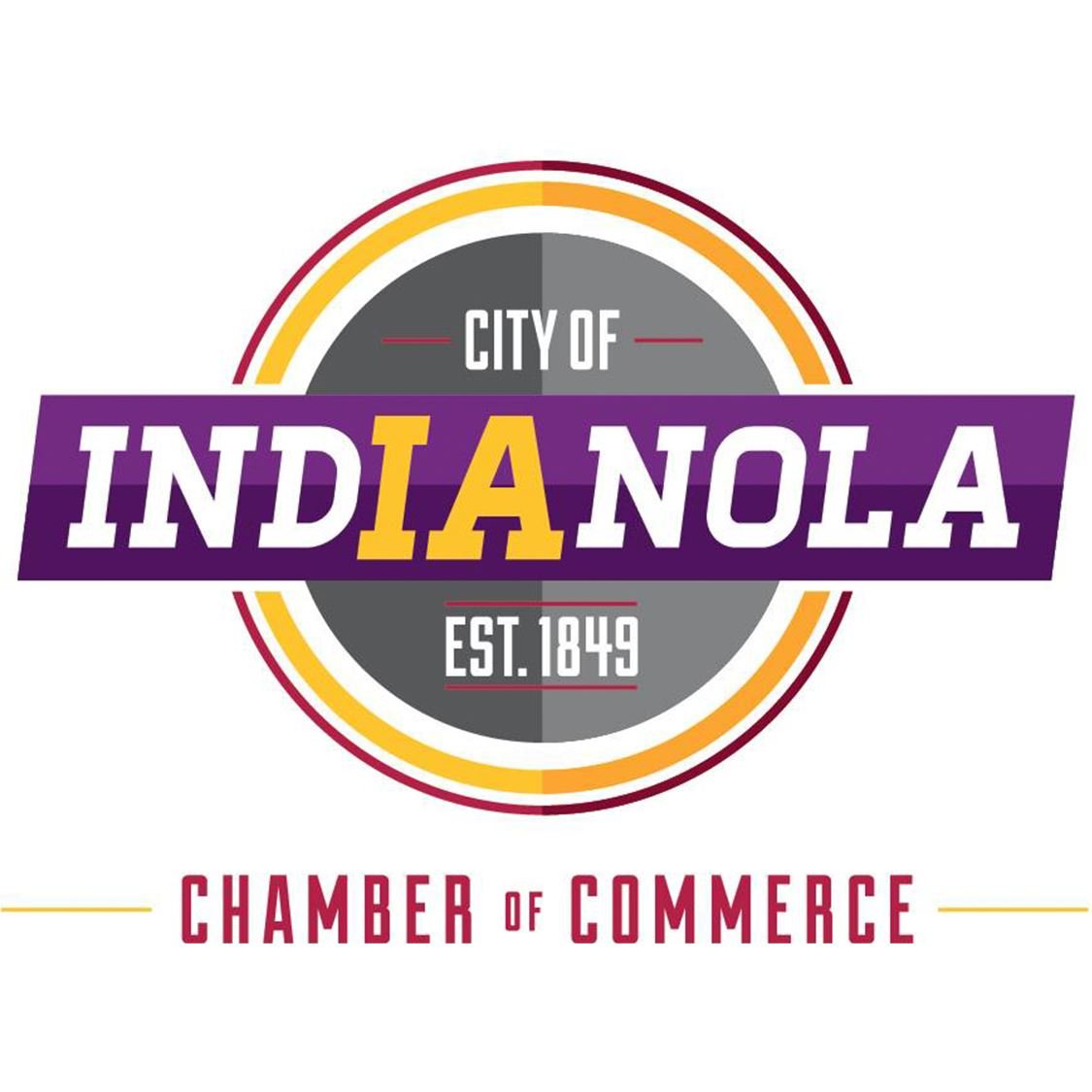Planning, Communication, and Buy-In For An Unplanned Change
For years, we’ve been writing about the importance of communication, planning, and buy-in, and how they are three critical success factors for bringing ourselves and others through periods of transition. But what if the change in front of us was not something we wanted or asked for? What if it was unexpected, and even feels undesirable? What then? What value do planning, communication, and buy-in offer us? If they’re critical to navigating through periods of transition, is there hope when the change is unwanted?
My daughter reminded me the other day of a pretty powerful truth: when something happens to us in our lives, good or bad, our only option is to move forward. We can’t go back to yesterday. We can never return to the “good old days”. As much as some of us would like to return to some of the way things were before March of 2020, we simply won’t. As much as some parents would long to go back to those close-knit days before their kids grew up and moved away, we simply can’t. As much as we might like to return to before that specific decision was made, that action was taken, or those thoughtless words were spoken, it’s simply not possible.
So, what then? The change from the way things were, (“A”, if you will, using the change model we’ve used for so long) is gone. The way things will be (“B”, continuing to use that same model) lies ahead. It will take some adjusting to get there. There will be a journey with some setbacks and some discomfort, some learning, and some pain, but we will arrive at something new.
When we’re planning for an intentional change, such as a health improvement, an organizational transformation, or a move, we plan in advance for the journey. We seek buy-in from those impacted, and we create a cadence of communication that will carry us from before the first step out of “A” to when our feet are firm in the land of “B”.
But when the change “happens”, those concepts are still critical, just perhaps on a different timeline.
Planning
Don’t just do something. Sit there and plan. Once we’ve realized that "A" is gone, we need to pause, and make a plan for two things.
- How will we make the most of “B”?
- How will we get to “B”?
Second, we need to make a fairly concrete plan to get us from where we are today to where we want to be.
- Giving ourselves time to grieve and to heal from the loss we’ve experienced will help us be ready to embrace the new.
- Giving ourselves measurable tasks and milestones will help us demonstrate and accelerate our forward progress.
- Giving ourselves time to learn, try new approaches, and pick back up when our first attempt to embrace “B” isn’t quite successful will, in the end, make our arrival at “B” more successful.
Make a plan that involves who you’ll confide in and turn to for both accountability and encouragement, what kind of grace you’ll give yourself when the days are harder than you’d hoped, and how you’ll celebrate key milestones and successes.
Communication
We all know that words matter, so once we have a plan, it’s important to use words that help, not hinder. Words that move us forward and build us up are better than words that hold us back or tear us down. Words of hope and a forward view are better than words of regret about the past. “I wish this hadn’t happened” is unproductive. Wishing doesn’t make it so. All we can do is move forward. Instead of wishing it away, perhaps we can seek to take from the situation whatever lesson can help us in our own journey, or whatever lesson can help someone else in theirs.
The messages we communicate to others about the journey we’re taking from wherever we find ourselves now to “B” can have lasting repercussions in their lives, as well as in our own, as the words echo back in our own ears over and over again. And perhaps more critically, the messages we communicate to ourselves about the journey when no one else is around are a significant part of what will determine how quickly we make it to a positive state of “B”. Even if the change isn’t something we were initially planning on, the way we talk about it is absolutely critical to our successful arrival in the new. A dear friend of mine had his leg amputated due to cancer when we were teens. Among the many hats I’ve seen him wear over the years - husband, downhill skier, martial arts instructor, RAGBRAI rider, proud Grampa, friend, man of faith - the words he chooses and the way he talks about his experiences have been a huge part of his life journey.
Buy-In
With a direct connection to communication, the buy-in includes those who are part of the change as well as those who are indirectly impacted by it. Just as with an intentional change, the period of transition goes more smoothly if we gain the buy-in of those involved. Even the unplanned changes need buy-in from those who are going through it.
- If I’m impacted by this change, but I’ve dug in my heels and refused to acknowledge forward movement, the progress towards “B” will be arduous at best, most likely impossible. Instead of arriving at some place we can live with, we’ll flounder for an unnecessarily long time in an uncertain and undermined space of in-between, where there is no firm footing, and where the discourse is dominated by negativity.
- Let’s say, that I’m not opposed, per se, but I’m not bought-in, either. I consider myself a neutral on-looker who is curious, perhaps, and just waiting to see what happens. As the challenging climb begins to take hold of the new habits that will set us on the path towards a stable “B”, if I’m not “bought in” to what “B” looks like, I might simply give up, and say “nah, this isn’t worth it.” At that point, you and others who are bought into “B” might be required to carry me for some length of time. Eventually, my weight becomes heavier and heavier, and some of those carrying me resent the burden. They start to question why we’re carrying me and not them. They start to give up. Now the group is carrying more of us. Eventually there are more being carried than doing the lifting, and the group cannot move forward.
- Let’s say, however, that I am just bought-in enough that I’ll do my share, and not one ounce more. I watch on the sidelines as someone else struggles. I see that person struggle, and fail. I see another person struggle and fail. As time goes by dozens of people have struggled unnecessarily and this change, which could potentially have been good, drags on painfully long. But what do I care? I didn’t ask for this in the first place. Now imagine, by contrast, if someone had taken the time to help secure my buy-in. Imagine if someone had helped me understand how this particular change might have been good for me in the short term or the long term. Imagine how my participation or engagement in the change might have been beneficial or at least less painful for me, for the organization, and for those around me. You see, buy-in still matters, even if I didn’t ask for this.
What about you? How do you plan, communicate, and seek buy-in when a change is unplanned? Let us know in the comments or on social media!








